Timeline: KraftHeinz
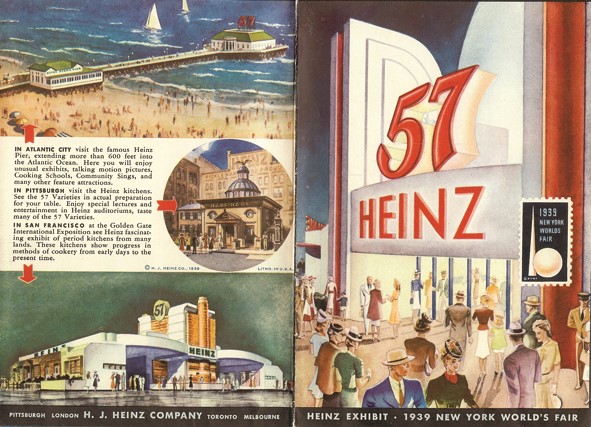
Though they are now two of the biggest food companies in the world, Kraft Foods (now Mondeléz) and Heinz both had humble, single-product origins. How did they build their empires and dominate international food retailing? What will become of the beloved brands after recent moves created Mondeléz International and the KraftHeinz conglomerate?
Kraft
1922-1960 What began as a five-man dairy operation in 1903, had, by 1922, grown to an international business. The company expanded throughout the years until over 200 products flew under the Kraft banner. Founder J.L. Kraft died in 1953 and seven years later, the first iteration of the now- iconic Kraft Foods Inc. wordmark was born.
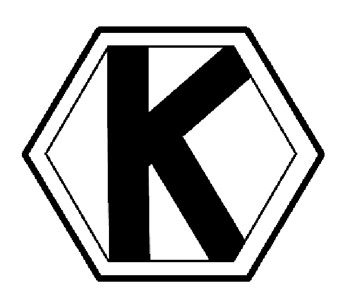
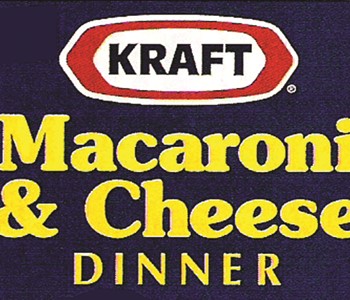
1960-1988 Kraft merges with Dart Industries, acquiring a range of FMCG products outside the scope of food and snacks, including Tupperware and Duracell
1988-2009 In 1988, the company sold the last of its non-food products and vowed to be a food-only business for the first time since 1958. The iconic blue and red logo is refined and modernised.
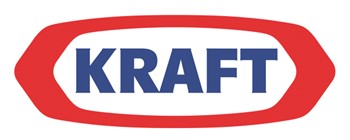

2009 In what most brand experts and media outlets recognised as a mistake, Kraft unveiled a new style of logo for the first time in almost 40 years.
2009-2012 An updated version of the reviled smile-esque logo of 2009 is refined and used for the next three years. In 2011, Kraft Foods announces it will split into two separate companies, Kraft Foods Group, which focuses on grocery products and Kraft Foods Inc., which then swiftly rebranded to Mondelēz, a name chosen by employees.
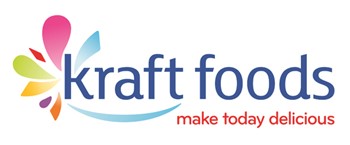

2012-2015 Until it merged with Heinz in July 2015, Kraft Foods Group returned to its roots with the classic blue wordmark enclosed by a red racetrack. Yet, it switched from all-caps to standard capitalisation in the process.
2012-present Mondelēz is the former snack food and confectionery arm of Kraft Foods and now operates independently. It is home to such famed brands as Oreo, Kenco coffee, Philadelphia and Nabisco. The logo’s purple evokes the colour used by Milka and Cadbury, two Mondelēz brands.
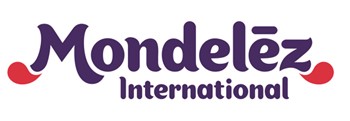
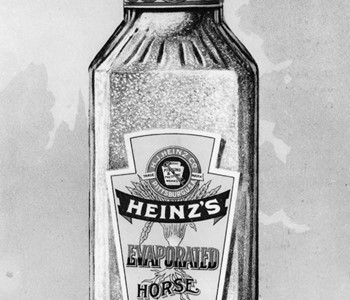
Heinz
1869-1896 Heinz & Noble’s homegrown horseradish is produced for the first time in 1869. Heinz then follows up with its famous ketchup brand in 1876, offering the tomato sauce to Fortnum & Mason in London.
1896-1930 The company diversifies and introduces its ‘57 varieties’ claim. The first can of Heinz tomato soup is born.
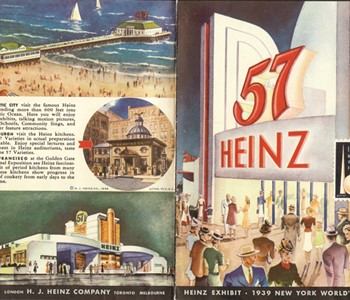
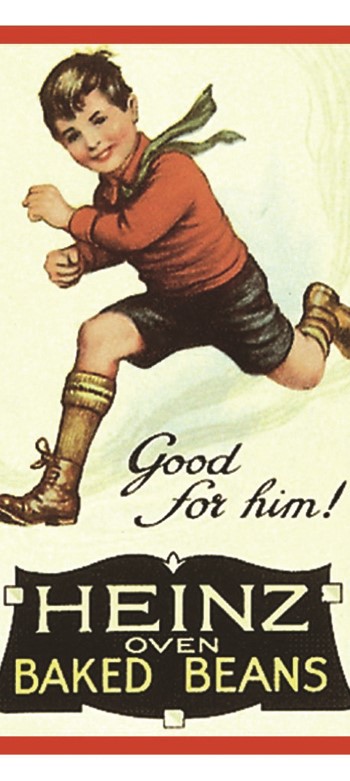
1930-1960 The first official Heinz logo is introduced, its red all-caps sans serif typeface gracing the now many products the company is sending across the world. The company goes public in 1946 and, like Kraft, grows by acquisition, adding such favourites as Ore Ida and StarKist to its stable of brands.
1960-2015 The longstanding Heinz wordmark is simple, yet finds a home on the packaging of the company’s many sauces, condiments, soups, baked beans and other foods. Heinz was ranked the highest rated food brand in the 2011 YouGov Brand Index.
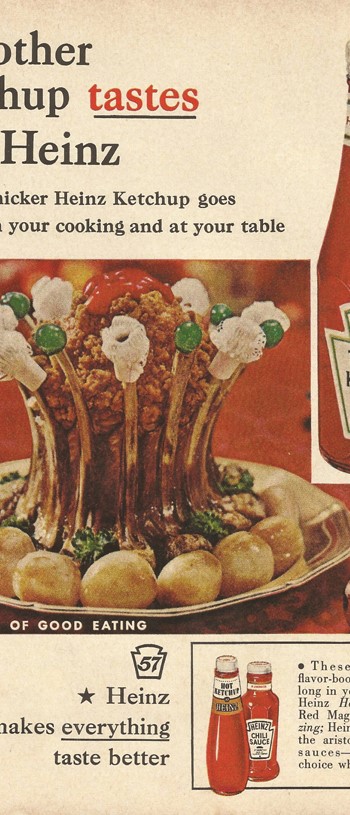
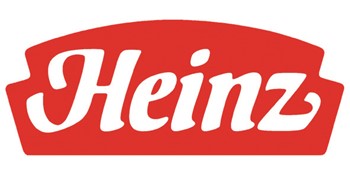
2003 The distinctive glass bottle is complemented by an upside-down plastic version making the pouring of ketchup even easier. The company rebrands in 2015.
KraftHeinz
2015-present On 7 July 2015, Kraft Foods Group and Heinz merged to create the world’s fifth-largest food and beverage company. The unified logo maintains the original typeface for each company and each retains its signature colour – blue for Kraft and red for Heinz. Product brands range from Oscar Meyer to HP Sauce to Maxwell House to Weight Watchers to TGI Fridays.













